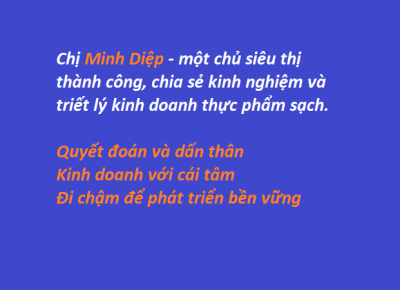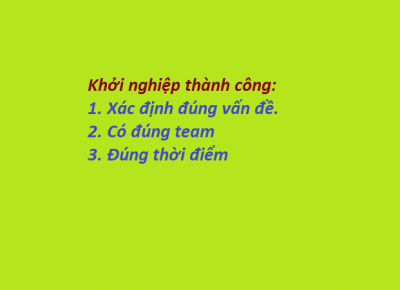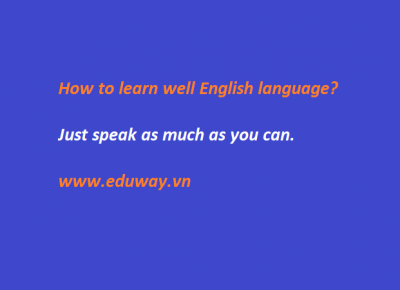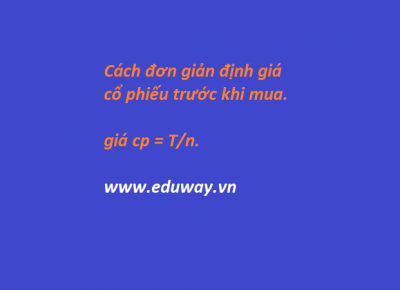Learning resources from MIT for learners and tearchers
In response to physical distancing set into motion to address the Covid-19 pandemic, MIT Open Learning has created a number of new platforms for higher education students and faculty, as well as for teachers, parents, and K-12 students, while continuing to offer its existing online education resources and courseware.
Leveraging over 20 years of online teaching and learning experience, MIT is providing online courses and other remote learning resources to instructors, parents, and students worldwide.
For MIT Professor Sanjay Sarma, vice president of open learning, this work is imperative. “Learning and knowledge are more important than ever,” he remarks. “At MIT Open Learning, we have taught millions of learners, supported teachers at MIT and in middle and high schools worldwide, and developed new learning technologies in areas such as gamification and virtual reality. Developing agile responses to major issues of access to education is our stock-in-trade. It’s a privilege to share our experience during this challenging time to help teachers and students everywhere to continue effective education.”
Virtual higher education across the globe
As people living through the Covid-19 pandemic all around the world stay home from work and school, the demand for MIT Open Learning courses has risen rapidly. Since 2012, MIT has offered MITx online classes, available to anyone worldwide, free of charge. More than 4 million learners in over 200 countries have enrolled since the program began. MITx currently has 47 courses on the edX platform, in subjects ranging from computer science to business analytics to sustainable design. “In the last two weeks alone, we’ve seen nearly 100,000 new enrollments,” says Professor Krishna Rajagopal, dean for digital learning. “We are inspired to see students worldwide keep on learning, and indeed to see people everywhere learning something new and advancing their education, during this time of crisis.”
MITx MicroMasters — a series of master’s-level courses that offer MicroMasters credentials to learners who pass the course, and the ability to apply for an accelerated, on-campus master’s degree program at MIT or other universities — are also seeing strong demand. Over 34,000 learners recently enrolled in the first course of the MITx MicroMasters in Statistics and Data Science, which began this past February.
In addition to online courses, demand for MIT’s other open learning resources has also increased dramatically since mid-March. Visits to MIT’s OpenCourseWare (OCW) site are up over 75 percent, as learners and educators use the lecture notes, exams, and videos from nearly 2,500 MIT courses. It’s a truly global phenomenon, with over 70 percent of visits coming from outside the United States. Curt Newton, OCW publication director, says, “It’s astounding. At the current pace, over 1.7 million people will access MIT OCW during April. We’re humbled to be able to support the world at this time.”
Supporting faculty worldwide
MIT’s transition to remote learning for its normally campus-based students was a massive undertaking, with MIT Open Learning’s dean for digital learning leading a cross-cutting team from Information Systems and Technology, the Teaching and Learning Lab, the Office of the Vice Chancellor, and the MIT Residential Education team from MIT Open Learning that, together with Digital Learning Lab fellows in many departments, supported and galvanized more than a thousand faculty and instructors who are now teaching 1,251 classes online. Resources that have been developed as part of this effort are now shared with the world.
One is a teaching resource website that offers best practices, tools, and tutorials for those who are teaching at a distance for the first time. In addition to providing comprehensive instructions on how to prepare a class for remote delivery, the site offers insight into how to maintain student engagement and community and how to promote equity and inclusion, among other things. The site is Creative Commons licensed, so it can be reused by teachers worldwide.
To help the now-diffuse community of those at MIT with expertise in digital learning — including instructors, educational specialists, and information technologists — connect and share tips, resources, and questions about online teaching, MIT Open Learning launched a companion site. There are now over 86,000 members and nearly 100 posts, ranging from tips for making webcam videos look good to remote teaching tools for accessibility to how to help manage student stress.
These are in addition to previously available offerings from MIT, including OCW Educator, which offers insight from MIT faculty on topics such as course design, active learning, and engaging students; and Chalk Radio, a new podcast series featuring conversations with MIT professors on teaching philosophy, innovative practices, and notable moments in the classroom.
Designing learning modules with pK-12 teachers
When the Covid-19 crisis hit the United States, Professor Eric Klopfer, pK-12 faculty advisor for the Abdul Latif Jameel World Education Lab (J-WEL) and director of the Scheller Teacher Education Program, and an expert on designing computer-based games and interactive learning, knew that keeping at-home students engaged in learning would be a challenge.
Klopfer remarks, “We’ve been developing research-based learning curricula, games, and simulations for years at MIT, investigating how we can use digital learning to enhance understanding. Suddenly, we have this crisis at our doorsteps. A number of people within the MIT pK-12 education community said ‘Let’s think about how we can take this moment to share some of our expertise and insights, and help teachers in need of resources, ideas, and innovation right now.’”
Klopfer and his collaborators reached out to the Cambridge Public School district to see how MIT could help. Recalls Nicole Hart, instructional technology specialist at Cambridge Rindge and Latin High School, "Immediately, when it seemed like we would be closing, [MIT] asked us, ‘what are some of the concerns that you have, what are some of the equity issues that you guys are facing in your district?’”
In response to what they heard, Klopfer and his colleagues launched Full STEAM Ahead, a new website developed as a rapid response to the Covid-19 crisis. Sponsored by J-WEL, the site provides curated resources from across the Institute for learners at all levels. Offerings include educational videos, curricular modules, interactive programs, and more, all rooted in STEAM subjects (science, technology, engineering, arts, and mathematics). There is also a section for parents who are concerned about their kids playing video games all day, and guides them to productive gaming activities that teach 21st century skills.
One of the website’s key innovations is a weekly series of K-12 Learning Packages, each centered around a theme, with associated resources divided into age groups from kindergarten through 12th grade. The first package, Spread of Disease, encourages learners to use modeling as a tool to understand how epidemics progress and why social distancing matters. For younger learners, the package includes hands-on activities as well as challenges involving exploring and remixing a Scratch simulation. Older learners are given the tools to explore similar ideas in greater depth. They are also invited to use StarLogo Nova to computationally model the behavior of Covid-19, or to take on MIT App Inventor’s challenge to create an app that will help defeat the spread of the disease. Two additional packages — on Invention and Outer Space — are posted, with more to come. User forums provide a platform for sharing feedback not just with the site creators, but with other parents and educators.
For Hart, the website is a huge success: “I love that the [Learning Packages] are very timely and applicable to the real world, and digestible to students, and also to family members who are going to have to be the primary teachers in these students lives right now.”
Offering supplemental resources for high school students
High school students are finding MITx courses tailored just for them, including a series to help prepare for AP tests, and a series based on MIT’s first-year STEM curriculum. MIT BLOSSOMS has developed a series of math and science video lessons for high schoolers. The site also offers videos in Arabic, Farsi, Hindi, Korean, Malay, Spanish, Urdu, and other languages. Thirty-two of the videos are newly available in Mandarin, translated in collaboration with Peking University, in response to the crisis in China. Other resources include MIT Mathlets, a series of applets that provide visualizations for mathematical concepts; OpenCourseWare Highlights for HighSchool, a curated collection of courses adapted for a 9-12 audience; and MIT App Inventor, which helps people of all ages learn to build apps.
Says Sarma: “Humanity has adapted to crises over history. In these trying circumstances we are honored to play our part in supporting anyone who would like to adapt, learn, and perhaps even try to thrive."
Original articles on news.mit.edu









